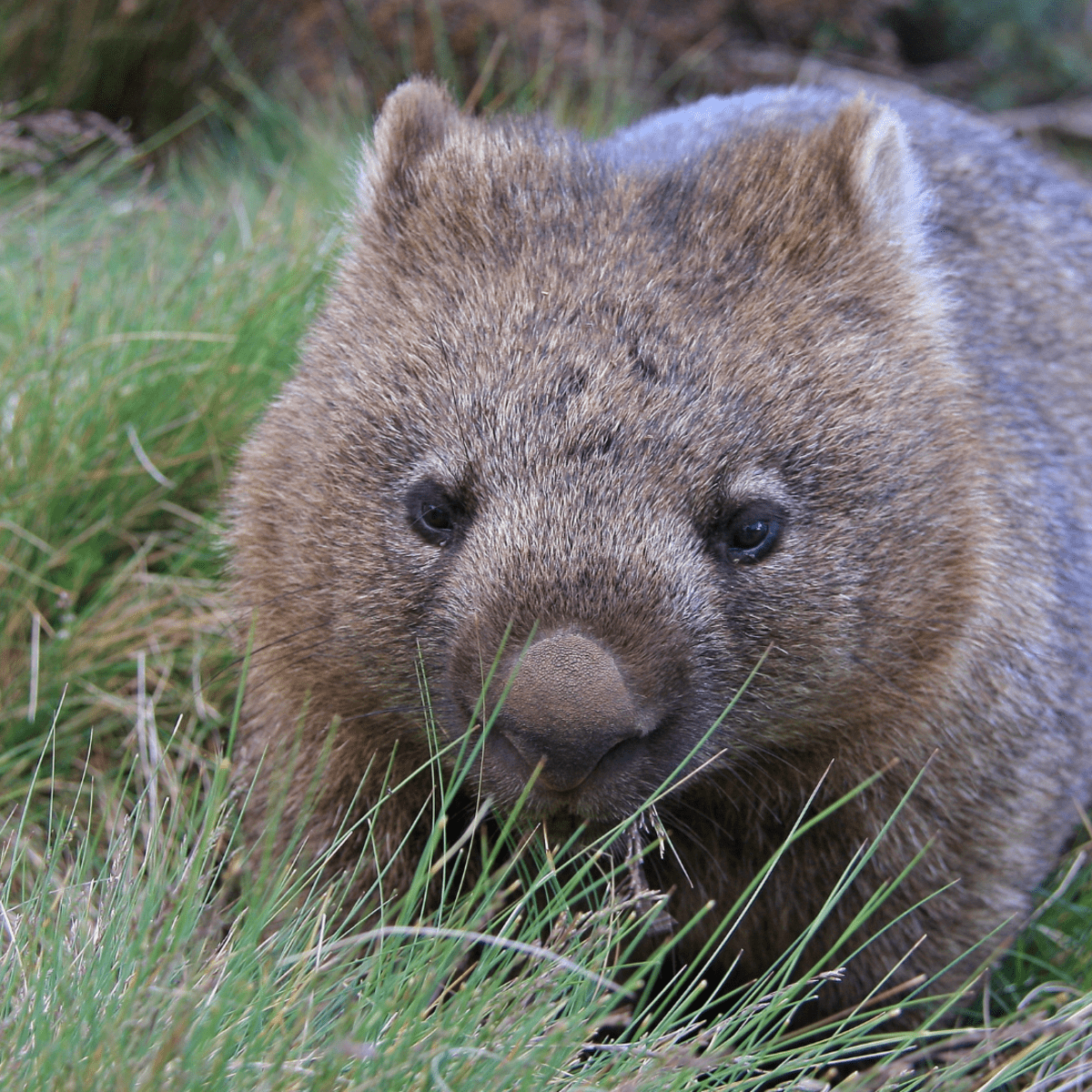
Baby Wombats: A Journey Through the Life of a Unique Marsupial
In the enigmatic realm of Australian wildlife, the wombat stands out as a captivating creature, renowned for its endearing appearance and intriguing lifestyle. Among the most adorable members of this marsupial family is the baby wombat, a tiny bundle of fur that evokes both wonder and a protective instinct.
Birth and Early Development
Baby wombats, known as joeys, are born after a gestation period of approximately 22 days. They emerge from the mother’s pouch as tiny, underdeveloped creatures, weighing a mere 2-3 grams. Their bodies are covered in a sparse layer of fine, silky fur, and their eyes and ears are still closed.
During the first few weeks of life, joeys remain firmly attached to the mother’s teat, nursing constantly to gain strength and nourishment. They spend the majority of their time sleeping and growing within the pouch, which provides a warm and secure environment.
Emerging from the Pouch
At around 6-8 weeks of age, joeys begin to venture outside the pouch for short periods. They cling tightly to their mother’s back, exploring their surroundings with wide-eyed curiosity. As they grow stronger, they spend more time outside the pouch, gradually becoming more independent.
Physical Characteristics
Baby wombats are characterized by their distinctive physical features. Their heads are large and round, with a short, blunt snout and large, expressive eyes. Their bodies are compact and muscular, with short, powerful legs and large, padded feet.
Their fur is typically a soft, grayish-brown color, providing excellent camouflage in their natural habitat. As they mature, their fur may darken to a deep brown or black.
Diet and Nutrition
Baby wombats are initially dependent on their mother’s milk for nourishment. As they grow older, they begin to supplement their diet with solid foods, such as grasses, roots, and bark.
Wombats are known for their unique digestive system, which allows them to efficiently extract nutrients from tough, fibrous vegetation. They have a large, sacculated stomach that houses a complex community of bacteria that aid in the breakdown of plant material.
Social Behavior
Baby wombats are highly social creatures, forming strong bonds with their mothers and siblings. They play together, groom each other, and share food. As they mature, they may form loose associations with other wombats, but they generally prefer to live solitary lives.
Habitat and Distribution
Wombats are found in a variety of habitats throughout Australia, including forests, grasslands, and woodlands. They are burrowing animals, constructing elaborate underground dens that provide shelter from predators and extreme weather conditions.
Conservation Status
While wombats are not considered endangered, some species are facing threats due to habitat loss, predation, and disease. Conservation efforts are underway to protect these unique animals and ensure their survival in the wild.
Conclusion
Baby wombats are fascinating creatures that embody the charm and resilience of Australian wildlife. Their endearing appearance, playful nature, and unique adaptations make them a captivating subject of study and admiration. By understanding and protecting these remarkable animals, we can help ensure their continued existence for generations to come.
